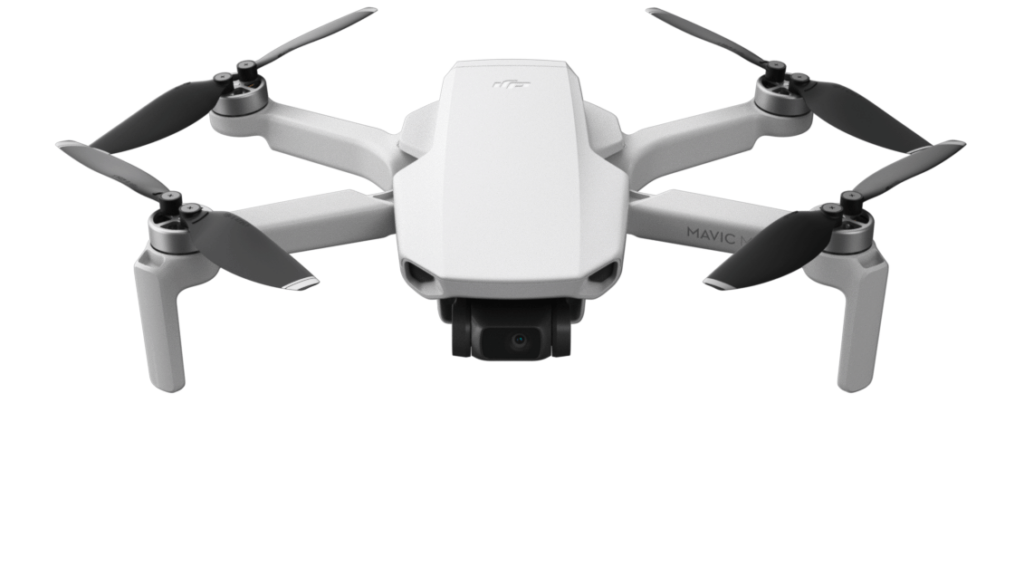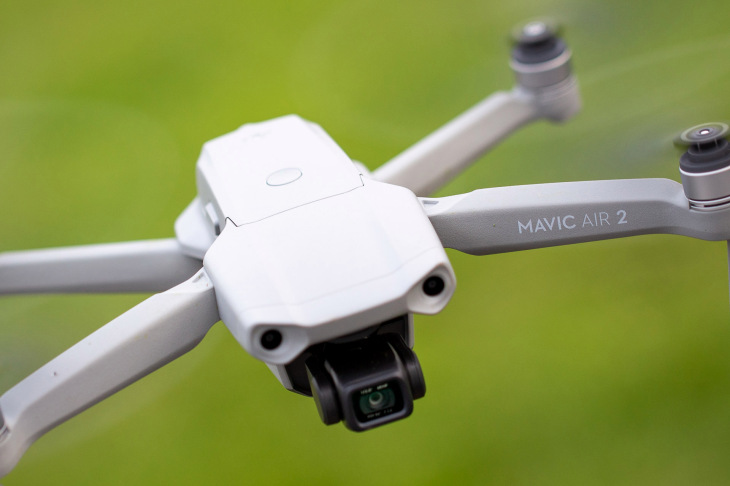Drones can capture the wonders of nature like no other, because it does so from the skies. There have been impressive improvements with drone technology and exciting development in cameras for drones.
Diversity in drone development becomes obvious as we look at the many features as well as the pricing at this time.
These are new drones and some of the best available in 2020.
DJI Mavic Air 2 – Possibly the best drone of 2020 so far in the $1,000 range.
DJI’s collection has added the DJI Mavic Air 2, a successor to the previous drone named Mavic Air. This successor has undergone major improvements over the previous series in the same price range.
Features
- Camera with a 1/2-inch sensor that is capable of recording 4K videos at 60fps and it also gives you the capabilities to capture 12- and 48-megapixel images which are great in real life.
- SmartPhoto (similar to DSLR cameras) automatically detects scenes, like trees, sunsets, snow and other conditions, and will adjust settings according to the situation.
- Capable of recording at 240fps with 1080p resolution.
- Camera specifically designed for aerial filming and photography.
- Very stable.
- Quiet.
DJI Mavic Air is extremely light and smaller than its predecessors, Mavic Pro 1 and Mavic Pro 2. This may be the best portable 4K camera drone of 2020. It is slightly larger than Spark, but it comes with sharper contrast.
Pros
- Easily controlled with a mobile app or palm gestures.
- A hand controller, which enables the drone to fly up to 3 miles
- Lightweight and portable.
- Good battery life (lasts 21 minutes).
- Flies at an incredible speed on Sports Mode.
Cons
- Lacks GPS feature
- Lacks LCD screen
- Noisy
Autel Robotics EVO Quadcopter – Possibly the best alternative to Mavic Pro, Pro 2 and Air.
Features
- Built-in gimbal camera that is capable of recording 4K video at 60 fps.
- Is able to take 12MP raw or JPEG images.
- A transmitter range of 4.4 miles.
- Packs 3-Axis motorized gimbal stabilization for wide viewing capability with storage up to 128GB via memory card.
- A separate remote controller for live footage at 720p via its 3.3-inch OLED screen and significantly more flexibility to control the drone in 2020.
Pros
- An alternative to Mavic Drones.
- It has a compact folding design.
- Flight time of 40 minutes per charge.
- Immersive 8K video resolution and 48MP photos.
- Easy to swap out components as needed.
- Many safety sensors. Only 2.5lbs.
- It supports video formats like UHD and DCI.
- The device packs front and back camera sensors.
- It is really easy to fly.
Cons
- Costly.
DJI Mavic Pro 2 – Possibly the best drone of 2020 for pro users.
Features
- Impressive sharpness and detail.
- Heavier than its predecessor, Mavic Pro 1.
- Stabilized footage.
- The Hasselblad camera has aperture range of f/2.8 to f/11, with the ability to shoot 4K video at 30fps. The raw stills are incredibly sharp.
- Camera specifically designed for aerial filming and photography.
- Battery life is longest of all at 31 minutes at the range of 4 miles.
Pros
- Excellent battery life.
- Stunning 20 MP stills.
- Rock-solid flying experience.
- Best 4K video output.
Cons
- Bulky and heavy.
Parrot Bebop 2 – Possibly the best beginner drone of 2020
Features
- Great stabilization software, which makes any gimbal to get stabilized footage unnecessary.
- The rubber dampeners on chassis, control the vibration during the flightier.
- FPV headset offers the first-eye view on the mobile phone.
Pros
- Less expensive.
- Great stabilization software.
- Easy to use.
- Smart design brings out the stabilized footage.
Cons
- Average battery life.
- No route planning feature.
- No “follow me” feature.
- ZeroTech Dobby–Possibly the best pocket-size drone of 2020.
- The palm landings and takeoffs work fine.
Pros
- Smartphone app with facial recognition and object tracking functionalities.
- Ultralight and ultraportable.
- Does a good job on a clear day and indoors.
Cons
- Average photo and video quality.
- Range is just 100 meters.
- Only 5-10 minutes of battery life.
- Struggles in the winds.
DJI Mavic Mini – Possibly one of the best mini drones.
Features
- Weighs 249 grams and therefore does not require FAA registration when flown recreationally.
- A ADS-B receiver, enabling the drone to catch the signals of helicopters and airplanes in the range.
- Shoots 12MP stills with a 1/2.3-inch sensor and 2.7K video at 30fps.
- 3-axis gimbal-stabilized camera.
- Remote controller.*
- A DIY Creative Kit and a 360° Propeller Guard for added safety.
The DJI Mavic Mini has two different versions. The first is the standard version, which includes the remote controller, one battery, extra propellers, and all necessary tools and wires for $399. The second version is The Mavic Mini Fly More Combo, which includes all of the components from the standard version, with the addition of the 360-degree Propeller Cage, Two-Way charging Hub, three batteries in total, three sets of extra propellers, and a carrying case for the price of $499.*
Con
- Lacks max resolution of 2.7K
- Lacks manual control over the video being produced by the drone.
- Lacks raw photos.
- Lacks USB-C charging.
- Lacks object tracking.
Mavic 3 Pro – Possibly one of the best drones in 2020. It is still upcoming, late summer.
Opportunity
We have looked at 6 different drones and we are anticipating Mavic 3 Pro to emerge later this summer. For those who are thinking about purchasing a drone for the first time, or purchasing an additional drone, there is certainly a wide enough diversity that it should make it relatively easy to be able to find a drone that would be exciting at a reasonable price.



